Roman battle tactics were some of the most successful in human history. Designed to be efficient and flexible, the Romans used a combination of methods to break down their opponents. And their great success led to them conquering half of the earth.
In this guide, we’ll take a look at battle tactics the Romans used, the sizes of their armies and how each element complemented the other.
We’ll bring it all together with a look at how you can apply this knowledge of warfare to your own fantasy writing, novels and short stories included.
And if you have any other questions, you can contact me or join my online writing group.
Applying Roman Battle Tactics To Fantasy Worlbuilding
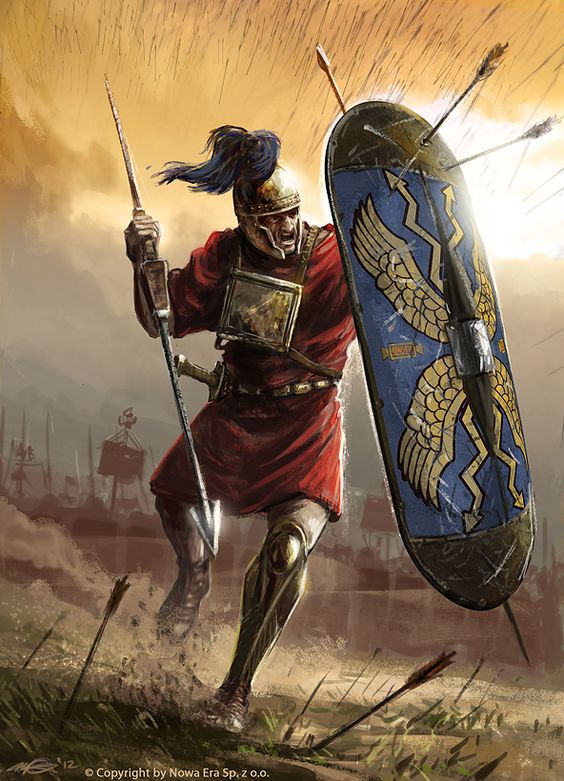
Dros Delnoch, Pelennor Fields, Julatsa, the Battle of the Bastards, Helms Deep. These are just some of the most iconic battles in fantasy. The writers of these epic clashes knew a thing or two about warfare, and this post aims to give you some research to aid your creation of the compelling and gripping clashes fantasy fans love so much.
Battle tactics vary depending on the situation and having covered sieges in a previous post, I thought in this article I’d consider the open battlefield. Who better to turn to for guidance than the finest army and conquistadors in history: the Romans.
This post looks at one of the main tactics adopted by the Romans—the manipular formation. Hopefully, it’ll help ease some of those world-building research woes.
Size and Organisation
Historians have had a hard time piecing together the mechanics of the wider Roman army due to patchy evidence. The most significant surviving evidence is on the legions, and therefore the best for us to consider.i
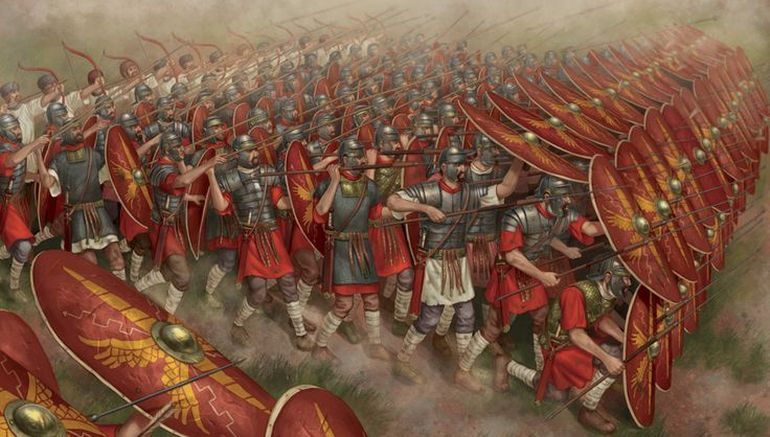
The size of a Roman legion varied. During the Late Republic era (c.133-31 BC), the figure stood between 5,000 and 6,000 men, with 5,000 being the more desired amount.ii The number in a legion fluctuated during war. For instance, at the battle of Pharsalus in 48 BC, the Roman legion involved, after having fought two prior campaigns, stood at around 2,750 men. A year later, the same legion arrived on the battlefield of Zela numbering less than a thousand.iii
How were all these men organised? A legion was divided into ten cohorts. Each cohort was made up of six centuries, which in turn were divided into three maniples. Some new words for you there. Worry not, definitions will be provided below. In the Early Imperial legion, the century, oddly, numbered 80 men divided into 10 groups who each formed a mess and tent group.iv
Century – a company in the Roman army, originally of 80 men and later 100.
Cohort – a Roman military unit, comprising six centuries, equal to one-tenth of a legion.
Maniple – a subdivision of a Roman legion, containing either 120 or 60 men.
The Manipular Formation
The manipular formation was one of the earlier battle tactics adopted by the Roman legions and provided inspiration for later methods. It was composed of 30 maniples divided into 3 battle lines of 10 maniples.

A small force of light infantry, known as velites, carrying javelins, often stood at the head of the force. Their job was to draw out the enemy, only then to retreat behind their own lines and hurl their projectiles.
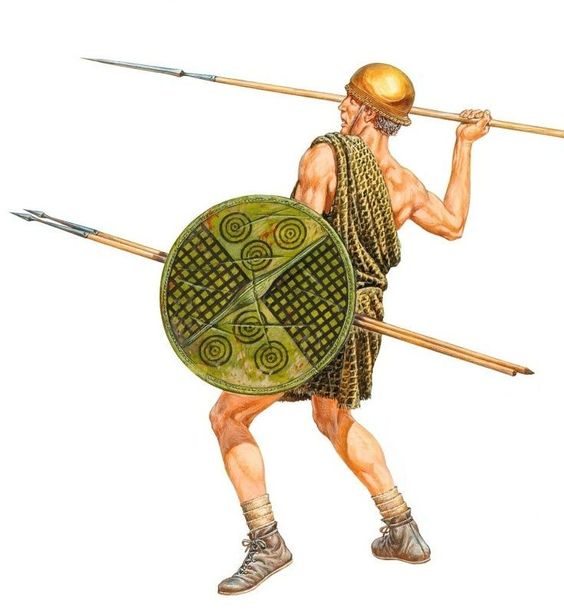
The first line (known as hastati) was made up exclusively of spearmen. The second line was known as the principes, which meant ‘best men’. Each maniple in these two lines numbered either 120 or 160 men. The third line (the triarii), was made up of veterans armed with thrusting spears, numbering around 60 in each maniple.v
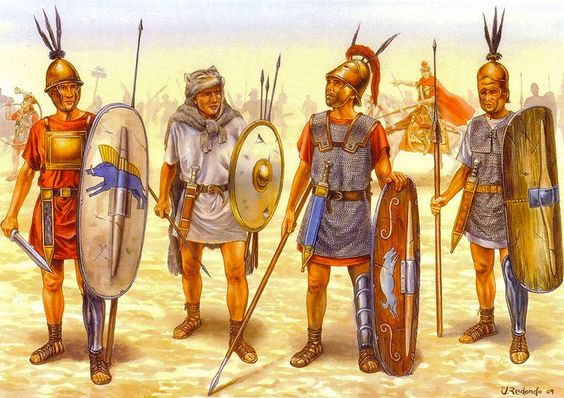
Two centurions commanded one maniple, a senior and a junior. The senior centurion commanded overall with the junior commanding the left side and should anything befall his senior, the junior took over. Two standard-bearers and two optiones also helped to keep order.vi
The standard-bearers, in particular, played a crucial role. They provided a visual focus for advances or retreats with a trumpeter providing audible signals to relay commands.
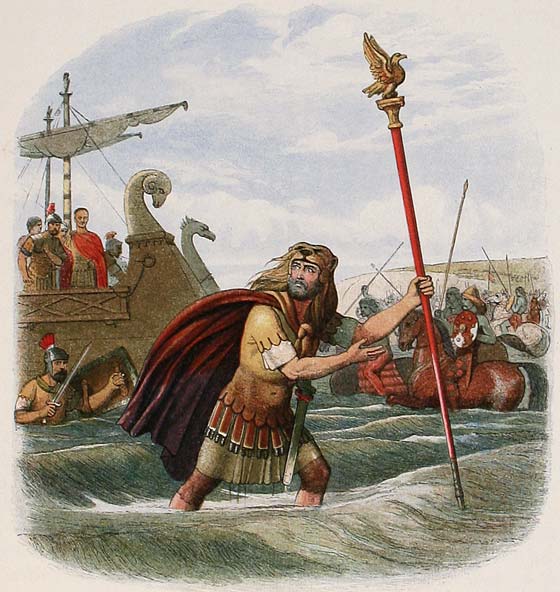
The Roman structure of command in the manipular system is unlike anything we know today. The only individuals with clear command and tactical responsibility were the centurions—there was no overall commander. The legion fought as an organised collective.
A Divided Line
If you’ve studied Viking and medieval history you’ll be familiar with the shield wall and the importance of maintaining the line. As you can see in the clip below, the manipular lines were divided. Surely the enemy would rush through the gaps, break the lines and surround the sub-units?
The Romans were smarter than that. If charging enemies made their way through the gaps, those on the outside of the maniple could easily turn and engage. The second line would launch a counterattack to repel the enemy. The interval could also be used to trap marauding enemies.
The success of any battle tactic depended on how well drilled the soldiers were, how well commanded, and well they kept their heads in the heat of battle. Panic could easily take hold and whole maniples, even lines, could crumble.
Perhaps the most cunning feature of this formation is the intervals—the gaps in the line. A continuous line is hard to maintain, especially with thousands of men, and the Romans saw a better alternative in smaller mobile units.
Intervals allowed troops to attack the enemy and retreat to safety, allow for cavalry to pass through for a charge, and if the front line was tiring, it could retreat to allow the second line to take over.
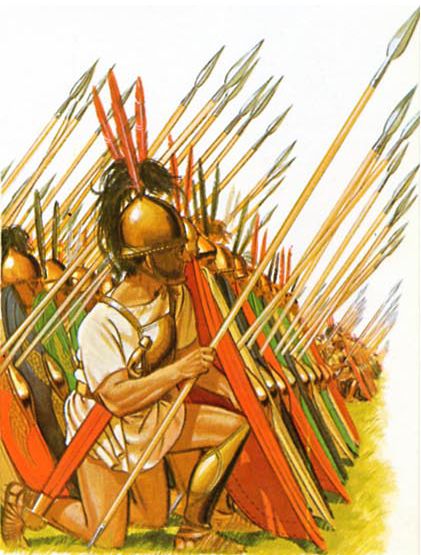
When it came to the triarii, the third line, they rested on one knee, hiding behind their spears and shields which were pointed into the ground to give the appearance of a static palisade. When lines one and two were safely behind, they took up their arms, closed the gaps and in a compact mass, fell on the enemy. Just imagine being one of the attackers, seemingly victorious only to see a fresh force emerge from the earth.vii
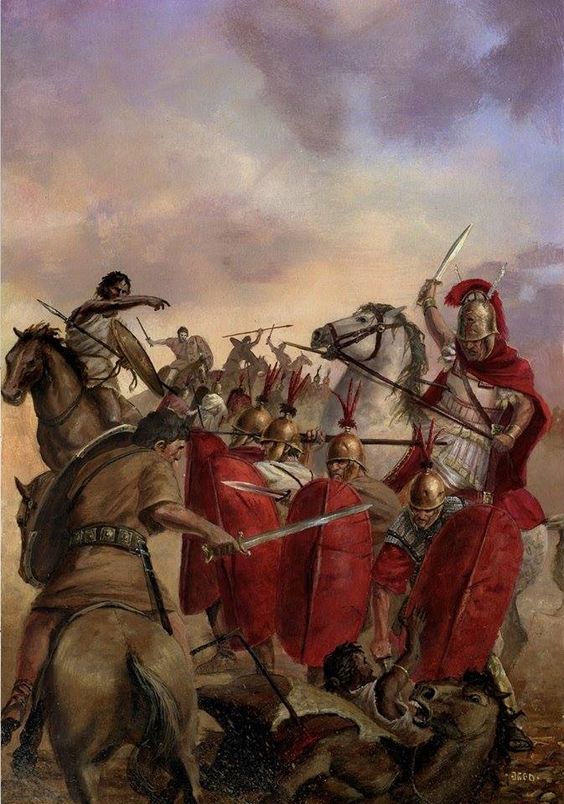
Cavalry often formed the flanks of the force, and sometimes the force could consist entirely of cavalry. Sometimes cavalry formed up in the Centre to conceal infantry behind.viii
Soldiers equipped with long-range missile weapons, such as javelins, could be posted behind maniples to keep up a continuous stream of projectiles over those in front.ix
In all, the manipular method was highly effective, allowed large forces to move flexibly across the battlefield to provide support, and despite the obvious weaknesses in the lines, was ingeniously defensive.
More Guides On Worldbuilding And Battle Tactics
If you’d like to learn more about worldbuilding, battle tactics and fantasy writing tips and guides, I’ve included some links below:
- A complete guide to worldbuilding, with a template
- A guide to medieval weapons
- Medieval armor and the fantasy genre
- The lives of medieval lords
- How were women treated in the Middle Ages?
- The lives of peasants in the medieval period
- A guide to medieval castles
- A complete guide to medieval cannons
- Siege warfare
- How to build a fantasy world
- Worldbuilding in fantasy
- For more writing tips, head here
- Or head here to learn more about archery in the fantasy genre
- And check out my fantasy name generator page here
- Check out this great page on Roman Britain from English Heritage
References
i Pg. 3, Roman Battle Tactics 109 BC to AD 313, R. Cowan, 2007.
ii Pg. 4, Roman Battle Tactics 109 BC to AD 313, R. Cowan, 2007.
iii Pg. 4, Roman Battle Tactics 109 BC to AD 313, R. Cowan, 2007.
iv Pg. 4, Roman Battle Tactics 109 BC to AD 313, R. Cowan, 2007.
v Pg. 4, Roman Battle Tactics 109 BC to AD 313, R. Cowan, 2007.
vi Pg. 5, Roman Battle Tactics 109 BC to AD 313, R. Cowan, 2007.
vii Pg. 11, Roman Battle Tactics 109 BC to AD 313, R. Cowan, 2007.
viii Pg. 9, Roman Battle Tactics 109 BC to AD 313, R. Cowan, 2007.
ix Pg. 9, Roman Battle Tactics 109 BC to AD 313, R. Cowan, 2007.
Thanks for reading this guide on Roman battle tactics.
- 5 Tips to Help Your Child Learn and Succeed at Primary School - February 26, 2024
- The Advantages Of Using An AI Essay Typer Alternative - February 14, 2024
- Advice On Getting Help With Your Homework - January 26, 2024

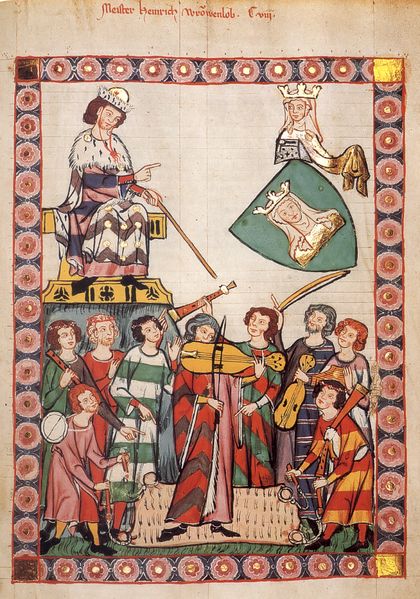


Th
Pingback: How To Create A Fantasy Castle - The Ultimate Guide | Richie Billing
Pingback: Killer Diseases of the Middle Ages | Richie Billing
Pingback: A Guide To Siege Warfare - Richie Billing